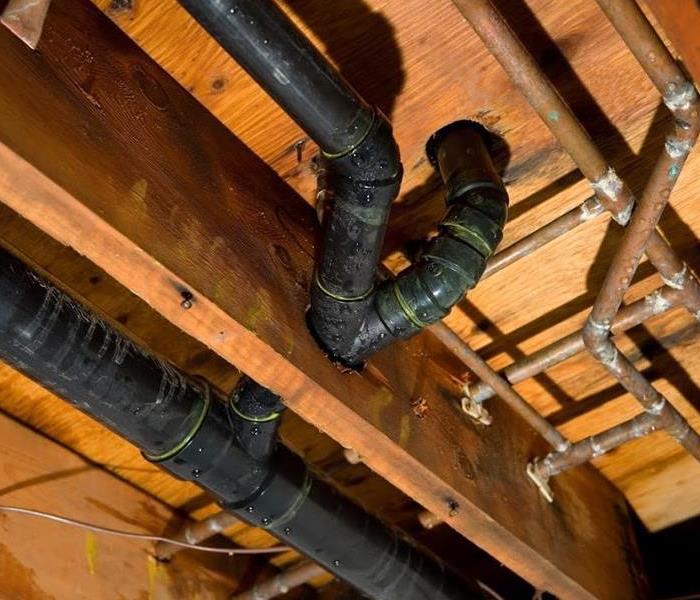Water Damage? Consider Applied Structural Drying | SERVPRO of East Onondaga
10/23/2019 (Permalink)
 SERVPRO of East Onondaga County offers structural drying. Applied structural drying was created to provide rapid drying. If you experience any storm/w
SERVPRO of East Onondaga County offers structural drying. Applied structural drying was created to provide rapid drying. If you experience any storm/w
Storm-Related Water Damage? Consider Applied Structural Drying
Severe storms threaten homes throughout the country each year. A severe storm can take a serious toll on the structural stability of your home. One of the most dangerous elements associated with severe weather is water. Excessive amounts of rain can lead to flooding.
The removal of standing water left behind by a storm inside your home is critical to preventing lasting damage. Skilled storm restoration specialists can employ a process known as applied structural drying to help you eliminate moisture from your home quickly and efficiently.
Applied structural drying utilizes data monitoring in coordination with high-tech equipment and manual water removal to get results.
Rapid Drying
One of the important principles on which applied structural drying was created is a rapid drying process. This is essentially the process by which restoration specialists get water out of your home as quickly as possible.
A number of different methods are utilized in coordination with one another to help reduce the amount of time required to clear water after a storm. Vacuum squeegees can be utilized to pull water from carpets and hardwood floors. A pump can be used to eliminate standing water in a basement, and a structural cavity drying system can be employed to reach water in your home's building envelope.
Using each of these approaches together helps to reduce drying time and allows remediation specialists to focus on restoring your home to its pre-storm condition.
Humidity Reduction
Most storm restoration companies will offer services designed to dry out a flooded home following a severe storm. Only companies offering applied structural drying can offer you the added bonus of humidity reduction.
It's not just the standing water in your home that can cause serious damage following a flood. The moisture released by this water into the air inside your home can contribute to secondary water damage in areas of your home that weren't touched by flood waters.
Axial fans and centrifugal air movers are used in the applied structural drying process to ensure high humidity doesn't become a hindrance while restoring your storm-damaged home.
Ongoing Monitoring
Since the major selling point of applied structural drying is its data-driven approach, you shouldn’t be surprised to learn that ongoing monitoring occurs once water has been removed from your home when an applied structural drying process is being utilized. Technicians will use high-tech equipment to engage in psychometry.
Psychometry is the process by which sensitive instruments record data pertaining to the environmental conditions within your home. Some equipment commonly used in ongoing monitoring includes a thermo-hygrometer to monitor relative humidity levels, water sensors to detect moisture levels in various areas throughout your home, and borescopes to gain visual contact on hard-to-reach structural voids where water may enter.
You will be able to receive real-time updates on the status of your storm restoration project as a result of the data-driven methodology associated with applied structural drying. Technicians can use this data to adjust their approach to your restoration project. New equipment can be introduced into or eliminated from the equation to help achieve the desired results.
Ongoing monitoring helps reduce drying time and improve efficiency, which usually results in more affordable restoration services for your home.
Storm damage is nothing to take lightly. You need to ensure that you are taking immediate action to address any water that may have flooded into your home during a recent storm. Work with a company that offers applied structural drying. This technique will help you achieve the greatest results while minimizing repair costs and lasting damage.
Contact SERVPRO of East Onondaga to discuss your options if flood waters have affected your home.






 24/7 Emergency Service
24/7 Emergency Service